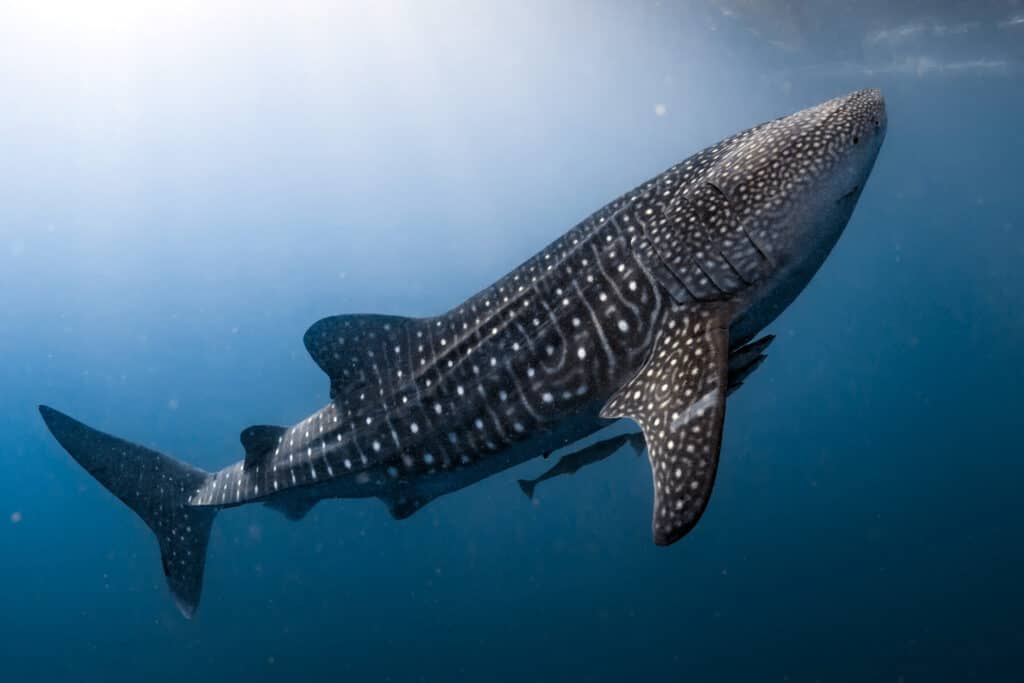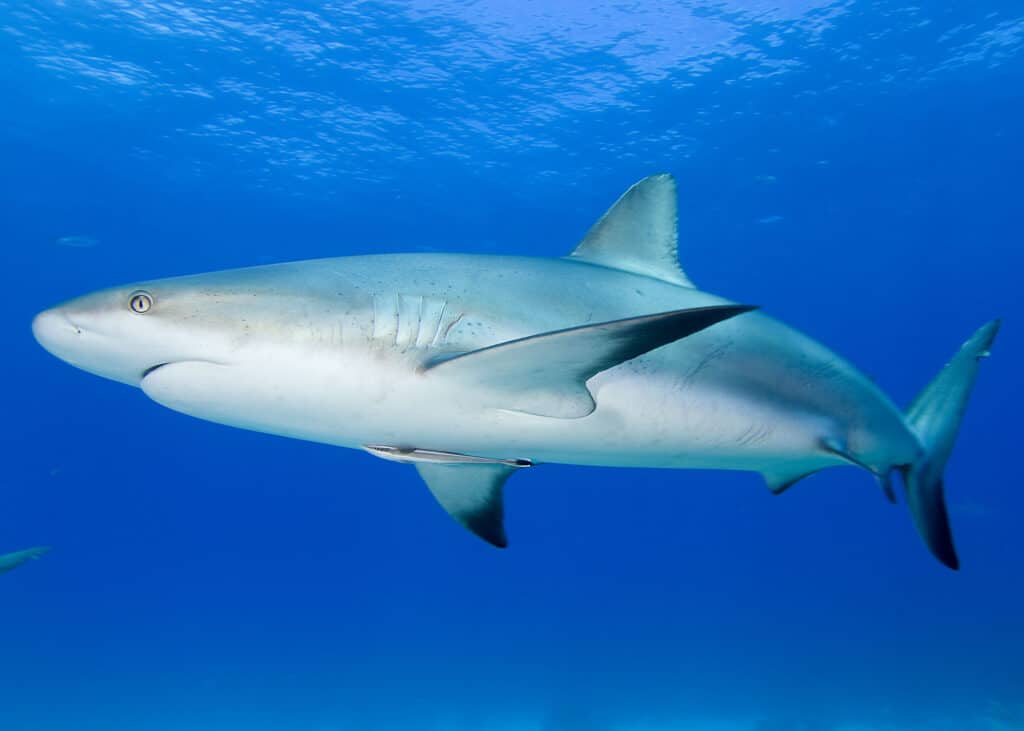
Cancún is a prime vacation spot with beautiful beaches. However, are those beaches actually safe, especially if there is the possibility of sharks lurking in the shallows? Here’s the answer you might be looking for.
There are, in fact, sharks in Cancún, but this is not a common occurrence, nor is it something worth worrying about. Sharks exist in all the seas and oceans. The Dead Sea is the only exception because it is too salty for sharks. Some live in the Arctic as well, but very few exist there.
If you are worried about shark attacks on your Cancún vacation, you don’t have to worry any longer. Read on to learn the kinds of sharks you can find in Cancún and some attack statistics that will hopefully put your mind at ease.
Sharks In Cancún
Cancún is home to around 40 different species of shark. The variety is wide: from the small dogfish to the huge whale shark. Here, we will discuss seven of the most prominent and commonly found species around the Cancún beaches.
Bull Shark
Bull sharks can grow to be up to seven or eight feet long, can weigh up to 290 pounds, and are usually dark blue to dark gray in color. When they are fully grown, bull sharks have wide, flat snouts. Bull sharks have also been known to travel into freshwater rivers occasionally for as much as 700 miles.
If you were to be worried about any species of shark, the bull shark might be one of them. It is known as one of the three most aggressive shark species out there. In addition, they are also known to hunt in shallow areas which are most commonly where people swim and play. This does not mean that whenever a bull shark sees a human it will attack, but if you see one, you should definitely behave carefully.
Lemon Shark
Lemon sharks, as you have probably guessed, have a yellowish coloring that actually serves as camouflage against a sandy ocean floor. Lemon sharks can grow up to 10 feet long and can weigh up to 200 pounds. This is also a non-aggressive species that poses very little threat to humans. According to the International Shark Attack File (ISAF), there have only been 10 attacks on humans from lemon sharks in the past 500 years.
Whale Shark

Whale sharks are enormous. As a matter of fact, whale sharks are actually the largest species of fish on planet earth. An adult whale shark will usually be an average size of 32 feet in length (though they can grow up to 40 feet) and can weigh as much as 20,000 pounds (that’s nine tons!). Whale sharks are usually blue or gray in color and have white spots.
Now, the label of largest fish on earth definitely sounds like something to worry about, doesn’t it? Before you jump to any conclusions, you should know that whale sharks are actually completely harmless to humans. They are filter feeders, meaning their diet of choice includes tiny fish and organisms including fish eggs, crustacean larvae, plankton, and others. These gentle, graceful giants might be big, but they won’t harm a hair on your head. Consider yourself fortunate if you ever catch sight of one!
Hammerhead Shark
Hammerhead sharks have a reputation as dangerous sharks, but while they have attacked a handful of people, they are not the most aggressive shark species out there. They tend to be gray, brown, or olive green in color. Hammerheads can grow to be as long as 13 feet in length and can weigh almost as much as 500 pounds.
There are several species of hammerhead shark that are typically pretty small and considered harmless to humans. The ones that get big can be considered somewhat dangerous to humans but all the recorded attacks have been small in number and none of them have been fatal. That being said, however, you should definitely treat any hammerhead with caution and respect.
Nurse Shark
Nurse sharks certainly don’t share the appearance of many other common sharks. These sharks can grow up to 10 feet in length and can weigh up to 130 pounds as adults. Nurse sharks are surprisingly sedentary, making them far less aggressive than many other species of shark. Nurse sharks will most often just swim away if they feel bothered or threatened.
However, there have been a small number of recorded, unprovoked attacks from nurse sharks on humans. They may not be naturally aggressive, but nurse sharks can bite with a strong, vice-like grip that can cause a person considerable amounts of pain. In some instances, the shark may bite so hard that its jaws can only be removed from a person through the use of surgical tools.
Caribbean Reef Shark

Caribbean reef sharks are among the less aggressive varieties of sharks. They can usually grow to be anywhere from six and a half to ten feet long, weigh up to 150 pounds, and are usually dark brown or dark gray in color. As said before, these reef sharks are not typically an aggressive species, although they have been known to express aggression when in the presence of potential prey.
Caribbean reef sharks are responsible for a small amount of shark-on-human attacks worldwide. However, Caribbean reef sharks tend to be pretty harmless unless they are provoked. As common sense would suggest, you shouldn’t panic if you happen to see a reef shark in the water. Just leave it alone and it shouldn’t bother you.
Mako Shark
Mako sharks can grow to be 12-13 feet long and can weigh as much as 1,200 pounds. They are usually either blue or grey in color and are considered to be one of the fastest swimming sharks. They can swim up to 25 miles per hour and can even go in short bursts of 56 miles per hour.
While Makos are not typically considered to be an aggressive species, they can be dangerous to humans on occasion. They are responsible for several attacks on humans with one fatality in the last 450 years across the world. Makos tend to like warm, tropical waters which makes Cancún a prime area for sightings. Just keep your cool if you happen to come across one of them.




